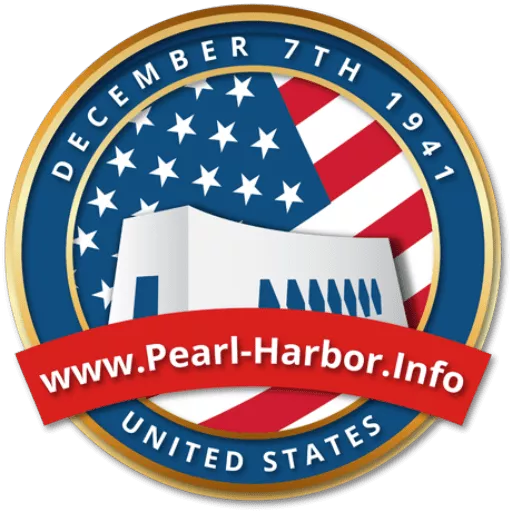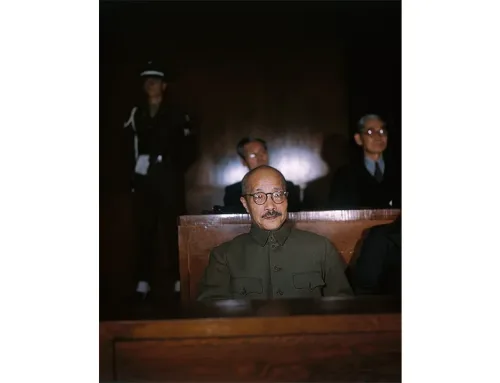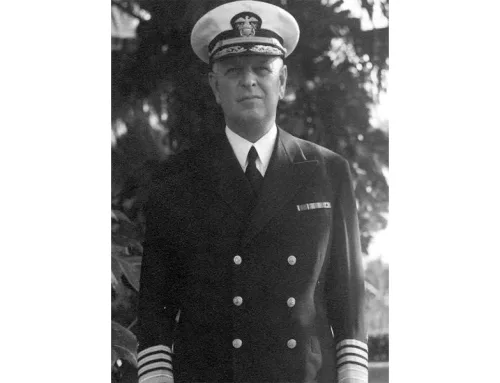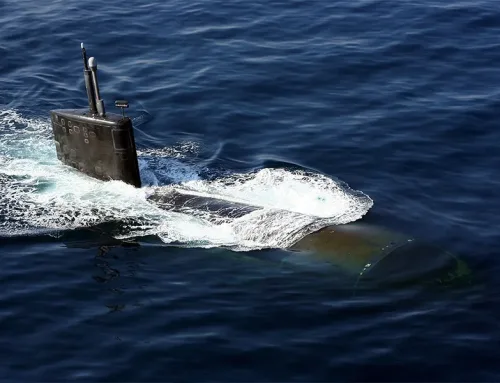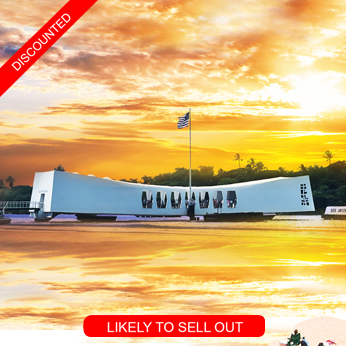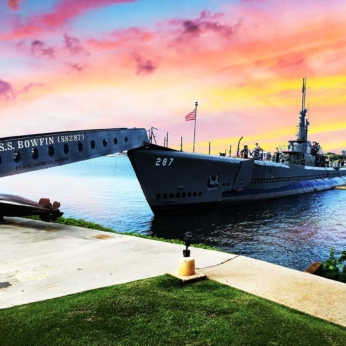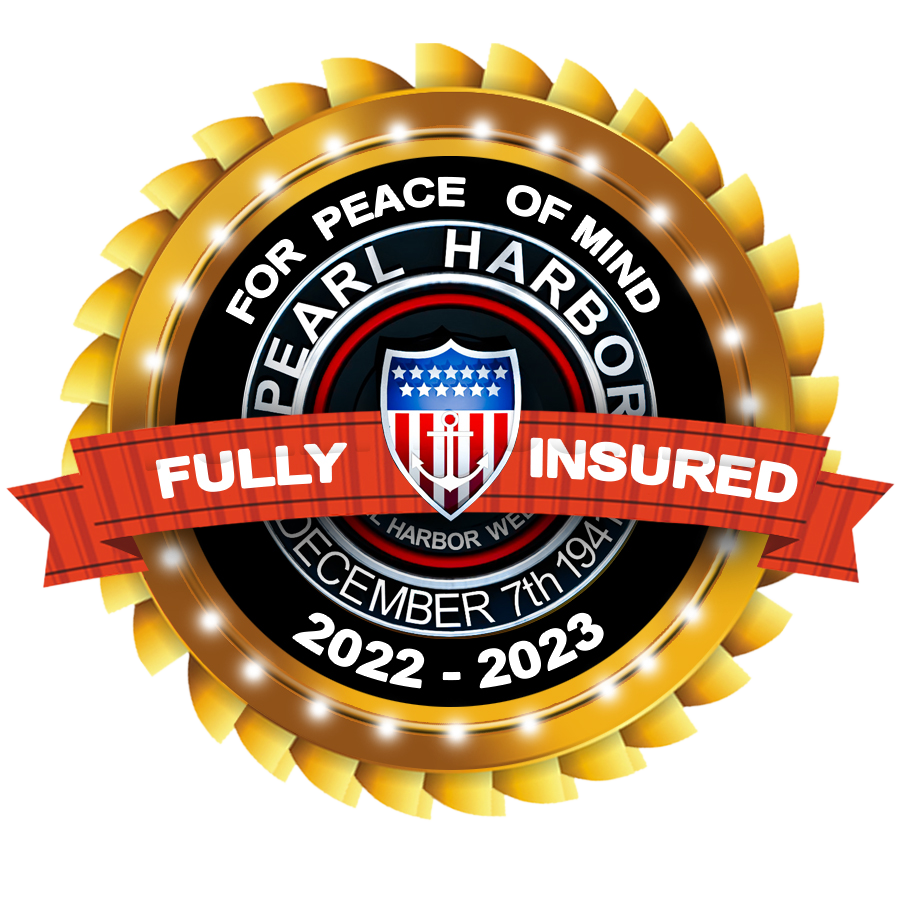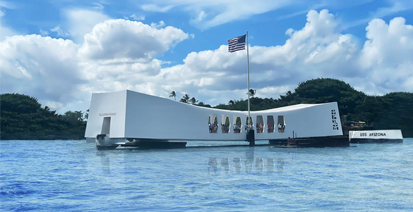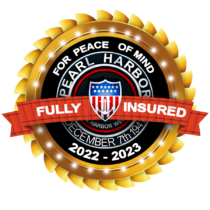The Original Aircraft Carriers of the Pacific Fleet
U.S. Navy, Public domain, via Wikimedia Commons
Aircraft carriers are the linchpins of naval warfare, transforming the way battles are fought at sea. In Pacific naval history, three iconic carriers—USS Saratoga, USS Lexington, and USS Enterprise—played pivotal roles during World War II. These mighty vessels not only showcased the power of naval aviation origins but also redefined maritime strategy.
Before aircraft carriers became the cornerstone of naval power, battleships ruled the seas. However, as aviation technology advanced, naval strategists recognized the potential of launching aircraft from ships. This realization led to the development of early aircraft carriers, revolutionizing naval operations and reshaping the Pacific Fleet warships’ composition.
Carrier Division 1, under the command of Rear Admiral Aubrey W. Fitch, comprised the USS Saratoga and USS Lexington. This division was instrumental in early Pacific Fleet operations, contributing significantly to the tactical and strategic developments of carrier-based warfare.
USS Lexington (CV-2)
The USS Lexington, originally conceived as a battlecruiser, was converted into an aircraft carrier in the mid-1920s. This conversion allowed the Navy to experiment with and refine carrier operations, laying the groundwork for future designs. Lexington featured a flight deck capable of launching and recovering aircraft, a significant innovation at the time in the evolution of aircraft carriers. Lexington’s early years were marked by extensive training missions and exercises, crucial in developing tactics for fleet aircraft deployment. These operations demonstrated the strategic value of carrier-based aircraft, projecting air power across the Pacific Ocean. During WWII, Lexington played a vital role in the Pacific Theater, particularly in WWII naval operations. Notably, it participated in the Battle of the Coral Sea, the first naval battle where aircraft carriers engaged each other. Despite being heavily damaged and ultimately sunk, Lexington’s involvement was instrumental in halting Japanese expansion and setting the stage for future Allied victories in Pacific theater warships’ engagements.
USS Saratoga (CV-3)
Like the Lexington, the USS Saratoga was initially designed as a battlecruiser before being converted into an aircraft carrier. Commissioned in 1927, Saratoga featured improved flight deck arrangements and more efficient aircraft handling facilities, making it a more capable and versatile platform in early naval aviation. Saratoga’s operational history is marked by several significant engagements, contributing greatly to Pacific naval strategy. Early in WWII, it provided critical air support during the Guadalcanal campaign. Despite suffering damage from torpedoes and kamikaze attacks, Saratoga repeatedly returned to action, demonstrating remarkable resilience and tenacity in historic naval battles. The USS Saratoga’s performance during the war highlighted the strategic importance of aircraft carriers in Pacific Fleet formation. Its ability to deliver sustained air power in support of amphibious operations underscored the carrier’s role as a central component of naval strategy, influencing future naval doctrines and ship designs.
Carrier Division 2, led by Vice Admiral William F. Halsey Jr., included the USS Enterprise. Halsey’s aggressive tactics and strategic foresight were critical in many historic naval battles, particularly during the intense engagements in the Pacific.
USS Enterprise (CV-6)
The USS Enterprise, commissioned in 1938, quickly became one of the most storied ships in naval history. Known as “The Big E,” Enterprise participated in many early missions, providing critical reconnaissance and air support in the initial months of the war. This was crucial for Pacific Fleet commanders in executing their naval warfare tactics. Enterprise’s contributions to major battles were unparalleled in WWII naval history. It played a crucial role in the Midway naval battle, where its aircraft helped sink four Japanese carriers, turning the tide of the war in the Pacific. Enterprise also supported operations at Guadalcanal, the Battle of the Philippine Sea, and the Battle of Leyte Gulf, earning a reputation for its resilience and combat effectiveness. The USS Enterprise emerged from WWII as the most decorated ship in U.S. naval history. Its legacy is a testament to the pivotal role it played in achieving Allied victory in the Pacific. Enterprise’s storied career serves as an enduring symbol of naval excellence and innovation, influencing modern carrier strike groups.
Pearl Harbor Attack
On December 7, 1941, during the Pearl Harbor attack, none of the three carriers—USS Saratoga, USS Lexington, and USS Enterprise—were present at the harbor. Their absence was fortuitous, as it allowed them to avoid the devastation that befell the battleships docked there. The carriers were out on various missions: Enterprise was delivering aircraft to Wake Island, Lexington was transporting aircraft to Midway, and Saratoga was undergoing maintenance on the West Coast. Their survival and subsequent actions were critical in the Pacific Fleet’s response to the attack and in planning future operations. The absence of these carriers during the Pearl Harbor attack allowed the U.S. Navy to retain crucial air power capabilities. In the aftermath, these carriers quickly became central to the Pacific naval strategy, leading offensive operations that would turn the tide against Japanese advances in subsequent months.
The USS Saratoga, USS Lexington, and USS Enterprise were not just ships; they were pioneers in naval aviation. These carriers demonstrated the transformative power of air power at sea, reshaping naval strategy and contributing significantly to the Allied victory in WWII. Their legacy endures in the formidable carrier fleets that patrol the oceans today.
Most Popular Oahu Tours
Best Pearl Harbor Tours

The following tours are recognized as the most popular Pearl Harbor Tours on Oahu. While generally, our price is the lowest in the market now, for a limited time, they are on sale too. Please be advised that Pearl Harbor tickets and USS Arizona Memorial tickets are included in all of our Arizona Memorial Tours, Pearl Harbor small group tours, and private Pearl Harbor tours.
